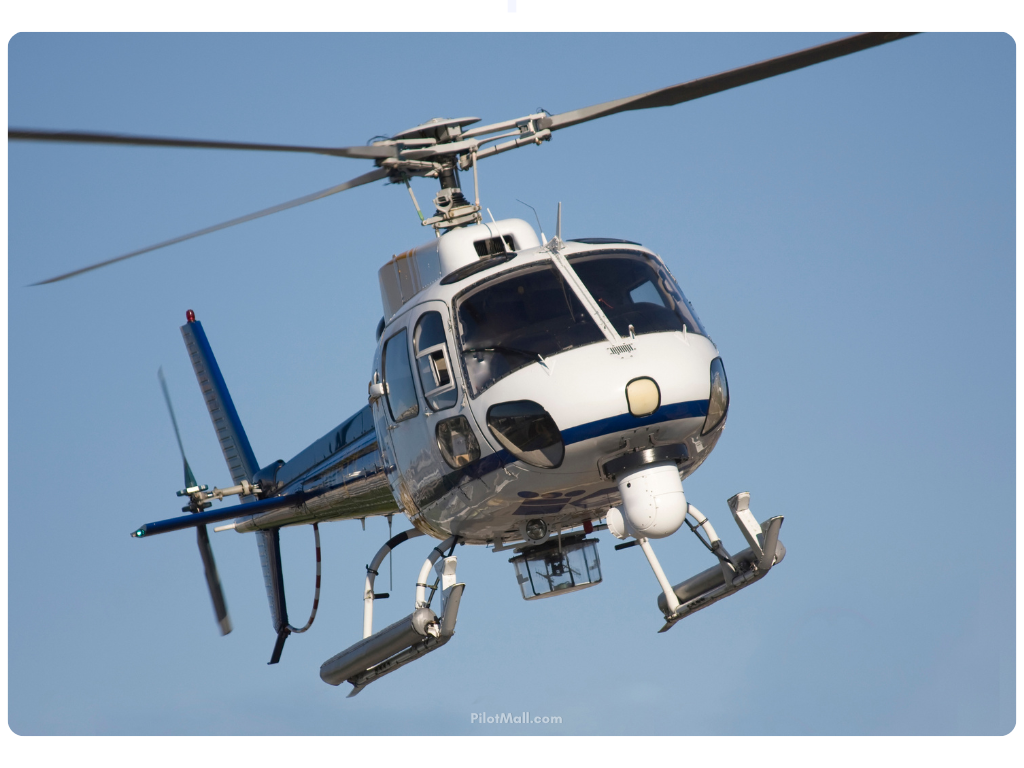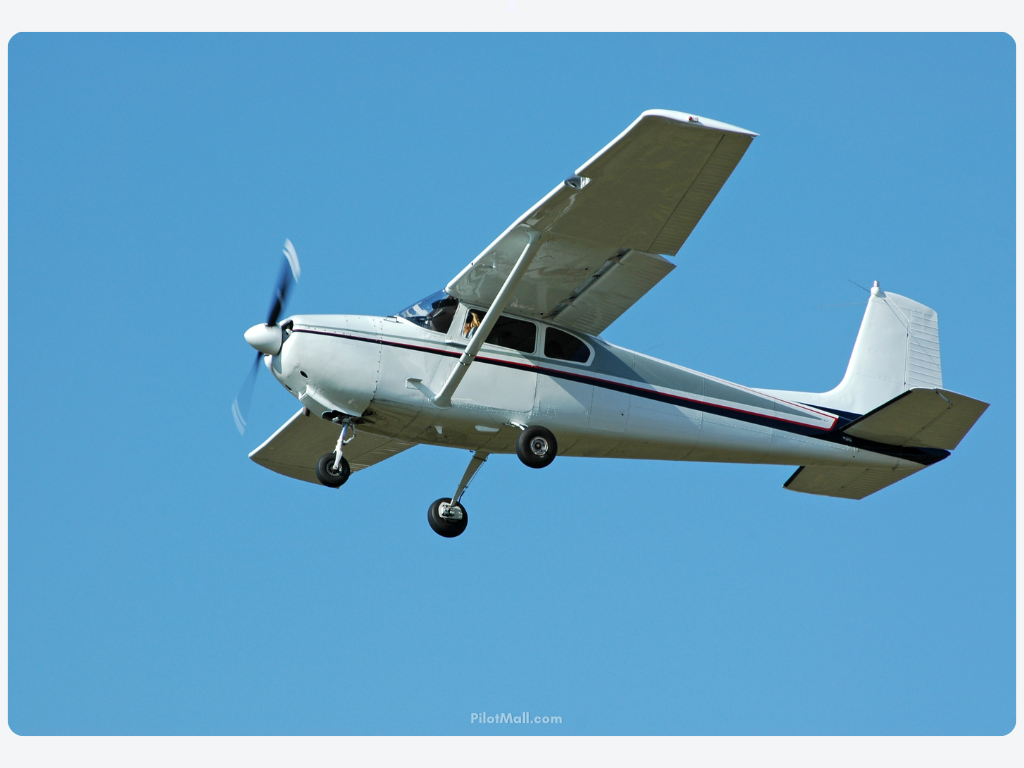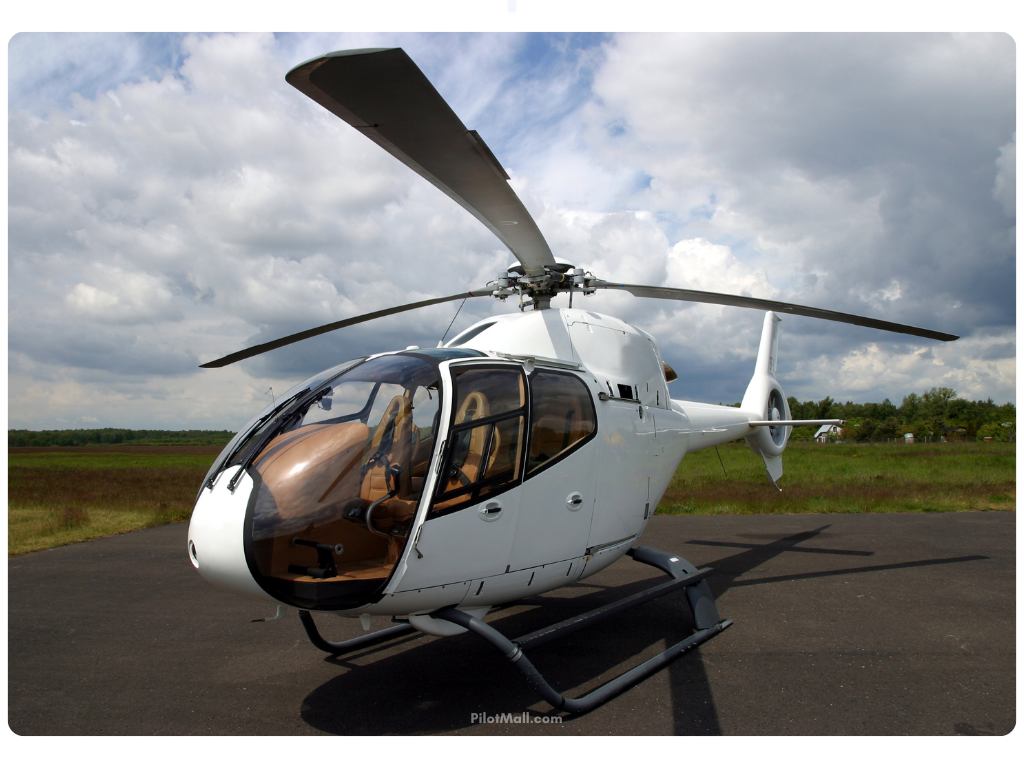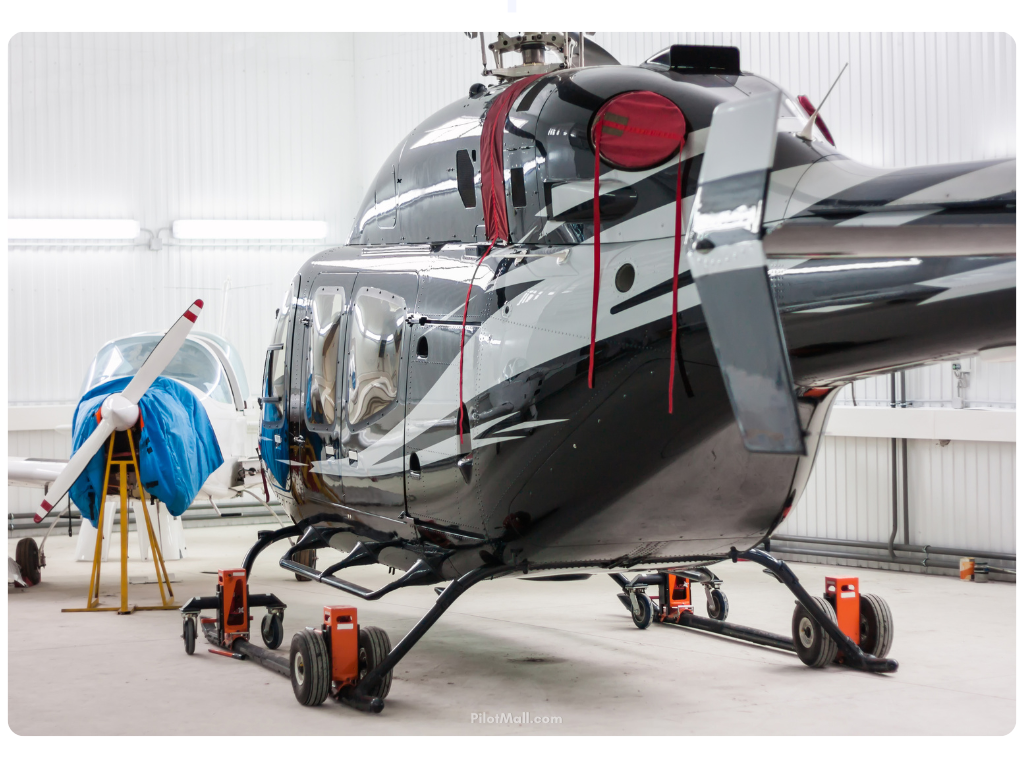Fixed Wing vs Rotary Wing: Advantages & Disadvantages
So you want to take to the skies? Whether your dream is to become a commercial pilot or you simply want to soar through the clouds, you first have to decide between an airplane or a helicopter. Choosing one isn't just about what looks cool, there are pros and cons to both!
In this article, we'll delve into the advantages and disadvantages that come with each aircraft – so you can make the right decision for you.
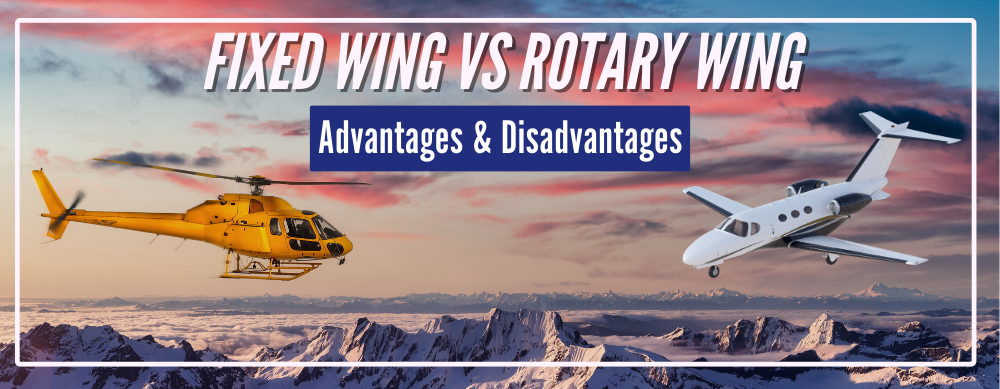
Featured Pilot Gear
Browse our selection of high-quality pilot supplies! Your purchase directly supports our small business and helps us continue sharing valuable aviation content.
So you want to take to the skies? Whether your dream is to become a commercial pilot or you simply want to soar through the clouds, you first have to decide between an airplane or a helicopter. Choosing one isn't just about what looks cool, there are pros and cons to both!
In this article, we'll delve into the advantages and disadvantages that come with each aircraft – so you can make the right decision for you.
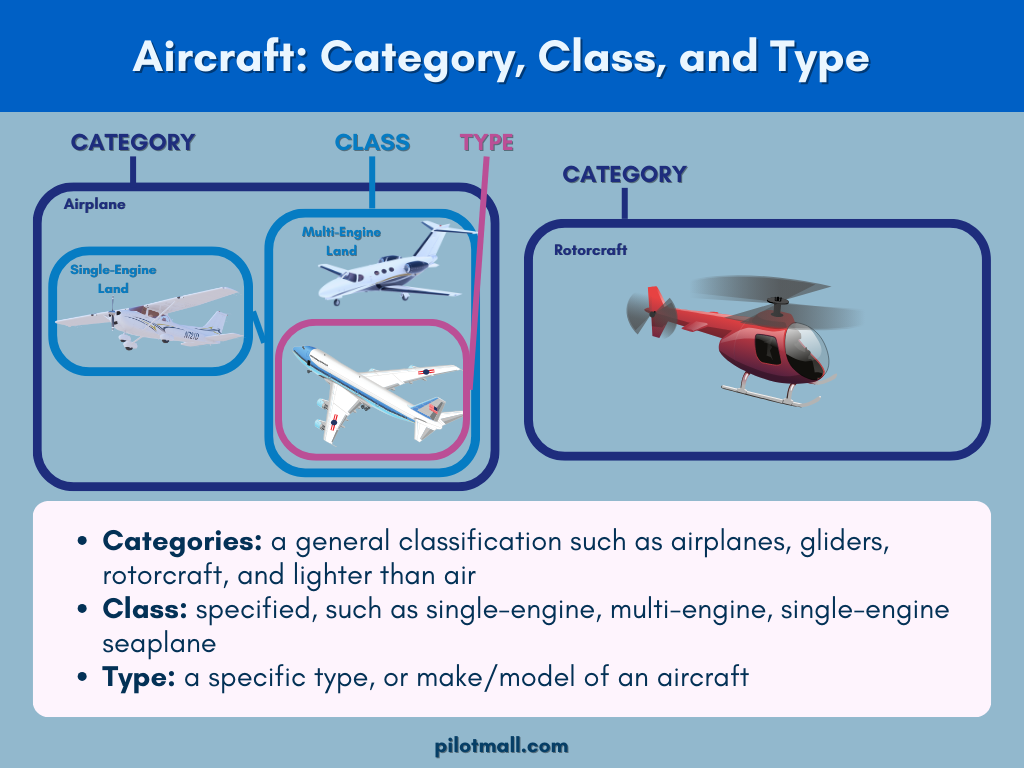
Understanding Aircraft Categories
When it comes to aircraft, there are aircraft categories, aircraft classes, and aircraft types. Airplanes are considered fixed-wing aircraft, whereas helicopters are considered rotary-wing aircraft. Both of these are capable of flight but fall under two categories.
This is important information for student pilots to remember when studying for their private pilot test, they're expected to know the difference between a class, a category, and a type of aircraft.
Those interested in a career in piloting often try to determine if they should study to become a helicopter or airplane pilot. If you're wondering about the differences and the advantages of one versus another, we'll cover those next!
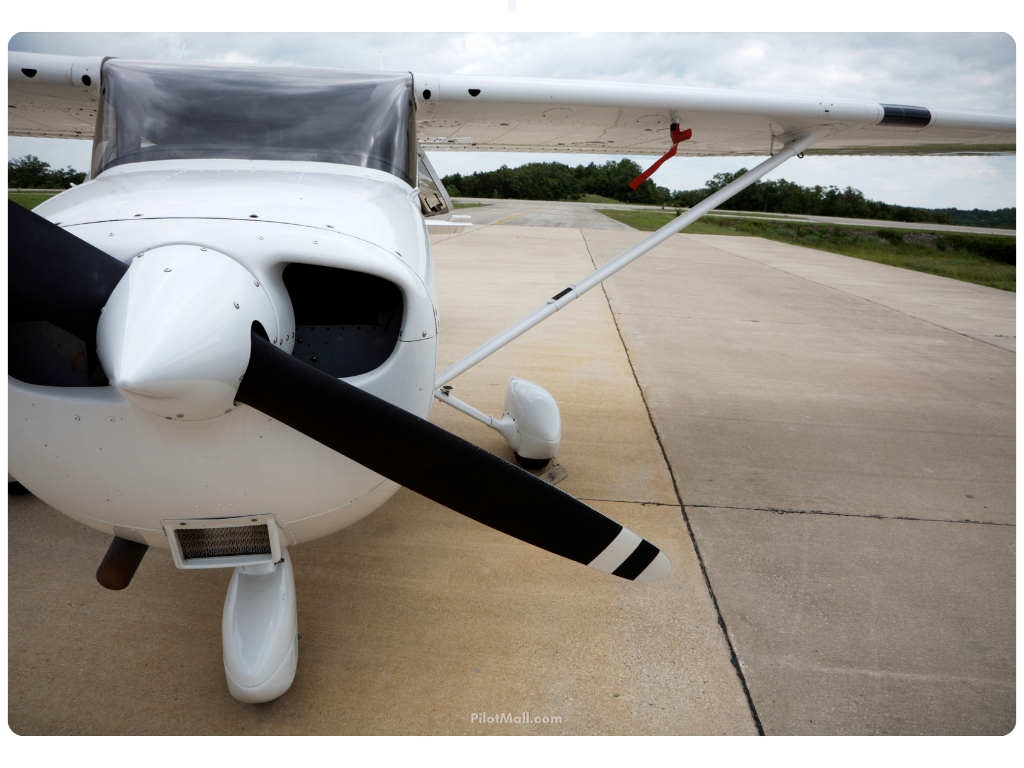
Fixed Wing Advantages
Fixed-wing aircraft are the types of aircraft most people are familiar with seeing, such as airplanes. Here are some of the advantages of them:
Range of Flight and Altitudes
A fixed-wing craft such as an airplane has a major advantage when it comes to long-distance flights, they can fly without needing to refuel, unlike rotary-wing aircraft which are much more limited in fuel capacity. Fixed-wing aircraft are capable of traveling thousands of miles at very high altitudes, which is why they're the primary form of aircraft-based transportation for both passengers and goods.
Flight Stability
Fixed-wing aircraft perform with more flight stability when encountering certain weather conditions such as strong winds, turbulence, and thunderstorms. Planes are designed with wings that create lift and help to keep the aircraft in the air through these types of weather-related situations.
Flight Airspeed
Fixed-wing aircraft have a high-speed advantage over rotary-wing aircraft due to their aerodynamic design, making them structurally efficient and able to cover longer travel distances quickly. This is why they are used in most commercial airlines.
Payload Capacity
Fixed-wing planes are best for operations needing heavy payloads over long distances or different terrains. They offer greater capacity, speed, range, and stability than helicopters, enabling them to carry heavier loads.
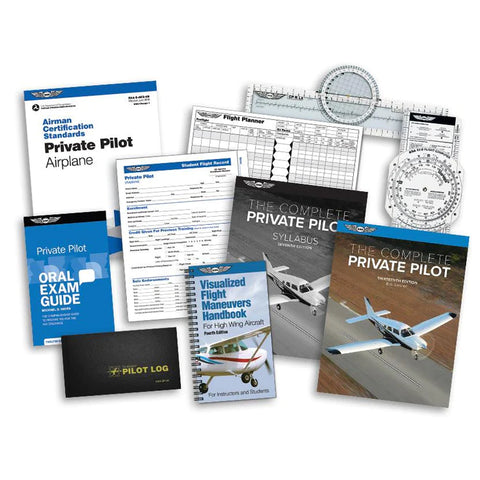
|
ASA Student Pilot KitTake the next step and get all the required books and materials. The list of reference guides, books, plotters, and other tidbits can seem overwhelming to a new pilot. It can be tough to know how exactly to get started. At Pilot Mall, we remember what it was like to be new. That's why we proudly offer ASA's Complete Private Pilot Kit. Based on Bob Gardner's Complete Pilot textbook series, this kit has all the things you'll need to get started. |
Rotary Wing Advantages
We might have really talked up fixed-wing aircraft in this article, but that doesn't mean that rotary-wing aircraft don't have a great advantage as well.
Better Maneuverability
Rotary wing aircraft possess excellent maneuverability. If you've ever seen a helicopter take off, you'll understand that due to their ability to ascend and descend in a vertical motion to create lift, they have access to areas that are normally inaccessible to planes needing long runway distances for both takeoff and landing.
This is why helicopters are such a great asset for emergency response services since they can fit into tighter spaces and handle terrain more difficult for fixed-wing air ambulances to traverse.
Vertical Takeoffs and Landings
Unlike other aircraft, rotary wings, such as helicopters, can take off and land without needing a long runway. They can be very useful in areas with limited space or difficult terrain, like mountains and offshore drilling stations.
Additionally, they are agile enough to access hard-to-reach spots that other fixed-wing aircraft cannot use, like rooftops or tiny landing pads.
Ability to Hover in Place
Rotary-wing aircraft have a unique advantage over fixed-wing aircraft since they use a primary rotor that creates lift. This means they can hover, allowing them to perform operations that require more precise control such as ground surveillance, assessment, and even firefighting.
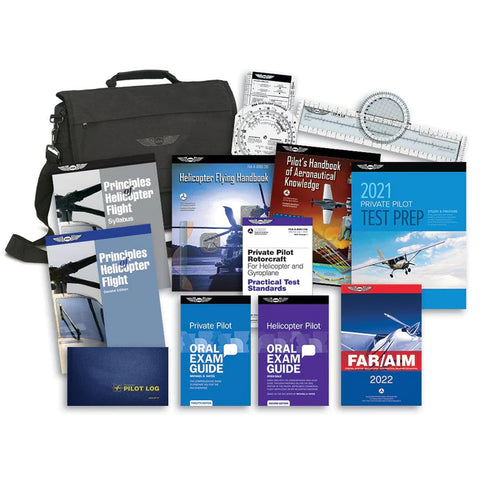
|
ASA Helicopter Student Pilot KitThe ASA Helicopter Student Pilot Kit comes with almost everything you need to fly a rotorcraft. The value kit combines all the essential texts and supplies to help you prepare with confidence for the FAA Knowledge Exam and check-ride, and it all comes in a good-looking pilot’s briefcase. |
Fixed Wing Disadvantages
Before we delve into the drawbacks of fixed-wing aircraft, it is important to note that they are not related to safety concerns in any way; they merely become apparent when contrasted with rotary-wing aircraft.
Landing Limits on Takeoff and Landing
Fixed-wing aircraft need to keep up their forward momentum in order to stay in the sky, making them impractical for surveillance duties since they would have to keep flying around the area of observation. That is why helicopters are utilized by police, to survey high-speed chases and provide location information.
Takeoff and landing for fixed-wing aircraft require much more room than what is needed by rotor aircraft; an airport or airstrip is needed for takeoff and landing, which can be expensive to maintain and operate.
Rotary Wing Disadvantages
Rotary-wing aircraft can face a different set of challenges and disadvantages that fixed-wing aircraft do not experience.
Cost and Frequency of Maintenance
Rotorcraft tend to require maintenance more often than their fixed-wing counterparts, increasing the cost to operate and maintain these types of aircraft.
Less Stability in Challenging Weather Conditions
Rotary-wing aircraft require a second rotor to give them more lift and keep them level in the sky. They have their own unique advantages, such as vertical takeoff and nimble movement, but can be less reliable in turbulent and stormy weather. They are also slower than fixed-wing aircraft, making them suitable for shorter-range trips and there is a greater risk for mechanical issues.
Less Speed and Distance
Although they are slower than fixed-wing aircraft and have a shorter range, rotary-wing aircraft are great for their increased maneuverability. In fact, depending on why you need one of these aircraft in the first place, this may be seen as an advantage compared to other types of aircraft.
Less Load Capacity and Fuel
Rotorcraft have a shorter range than fixed-wing, due to needing more energy and burning more fuel per hour for lift.
Lower Service Ceiling
Many helicopters, though limited by their rotors, can reach a service ceiling between 10,000 and 20,000 feet. While this doesn't match the flight altitudes of some of their fixed-wing aircraft counterparts, this range allows them to effectively fulfill the roles they are used for.
Takeaway
What are your thoughts on our article covering the distinctions between traditional airplanes and helicopters? Many pilots end up interested in learning how to fly both. Ultimately, it comes down to what works best for each pilot's preferences and career goals.
So, to all the daring pilots out there, no matter which aircraft you pick, we would like to give you this blessing: Take flight with a courageous heart, follow your aspirations, and never forget that you are the captain of your own destiny in our awe-inspiring skies. The lands below can be finite, but the skies above are infinite.
The most important thing is to be thorough in learning, get as much flight time as possible, and always keep reaching for the highest of heights. Fly safe as you head out on your amazing journey through the clouds!
Did you enjoy learning about these aircraft?
If you're interested in becoming a private pilot or want to learn how to become a helicopter pilot check out our guides!
Did you find this article helpful?
Do you think we missed anything important? Let us know in the comments below!


























